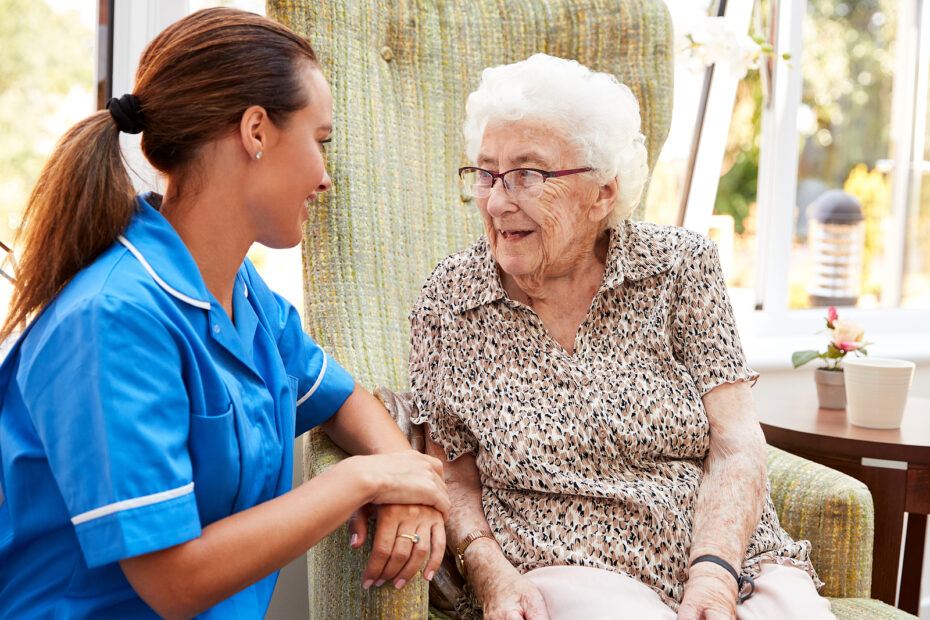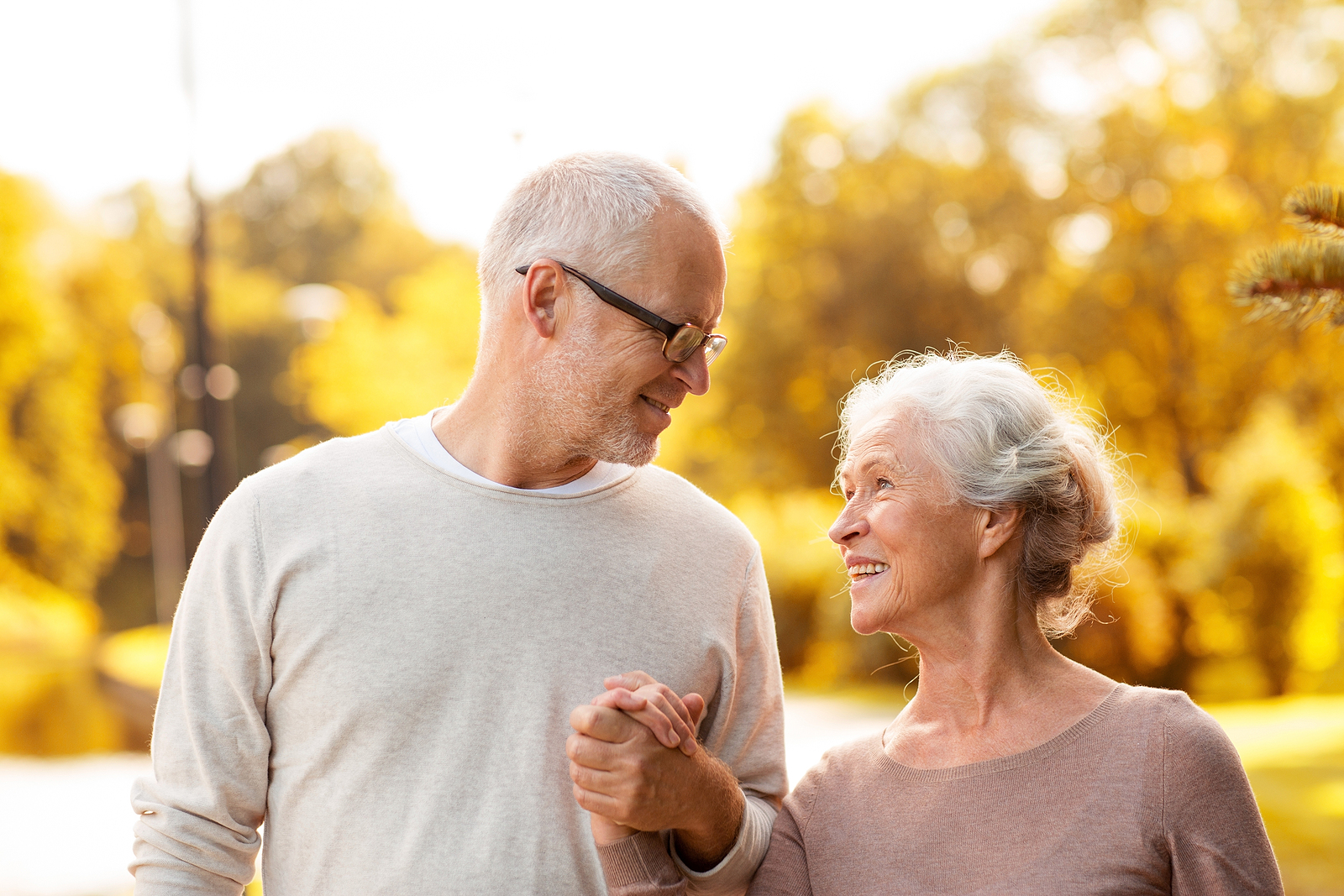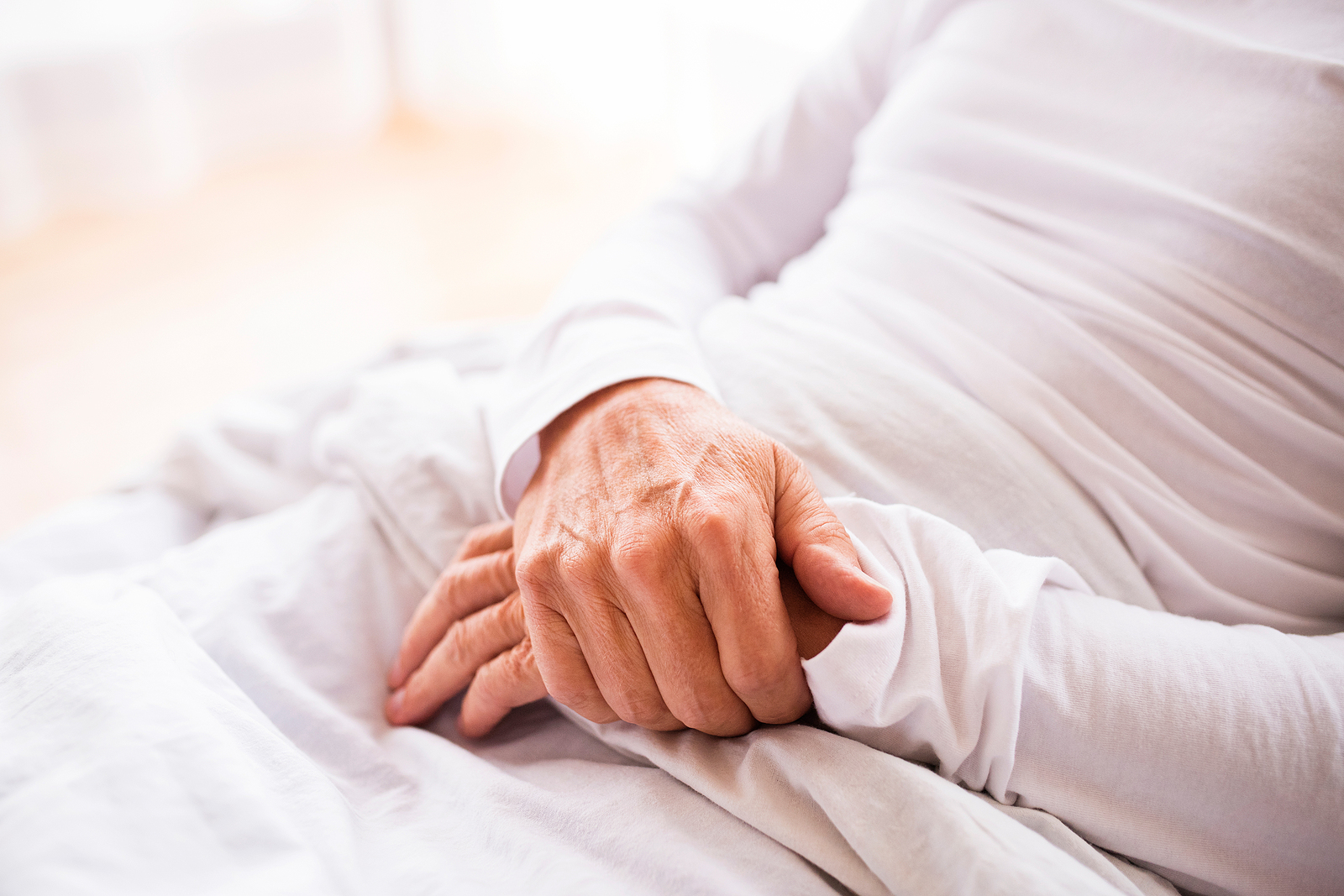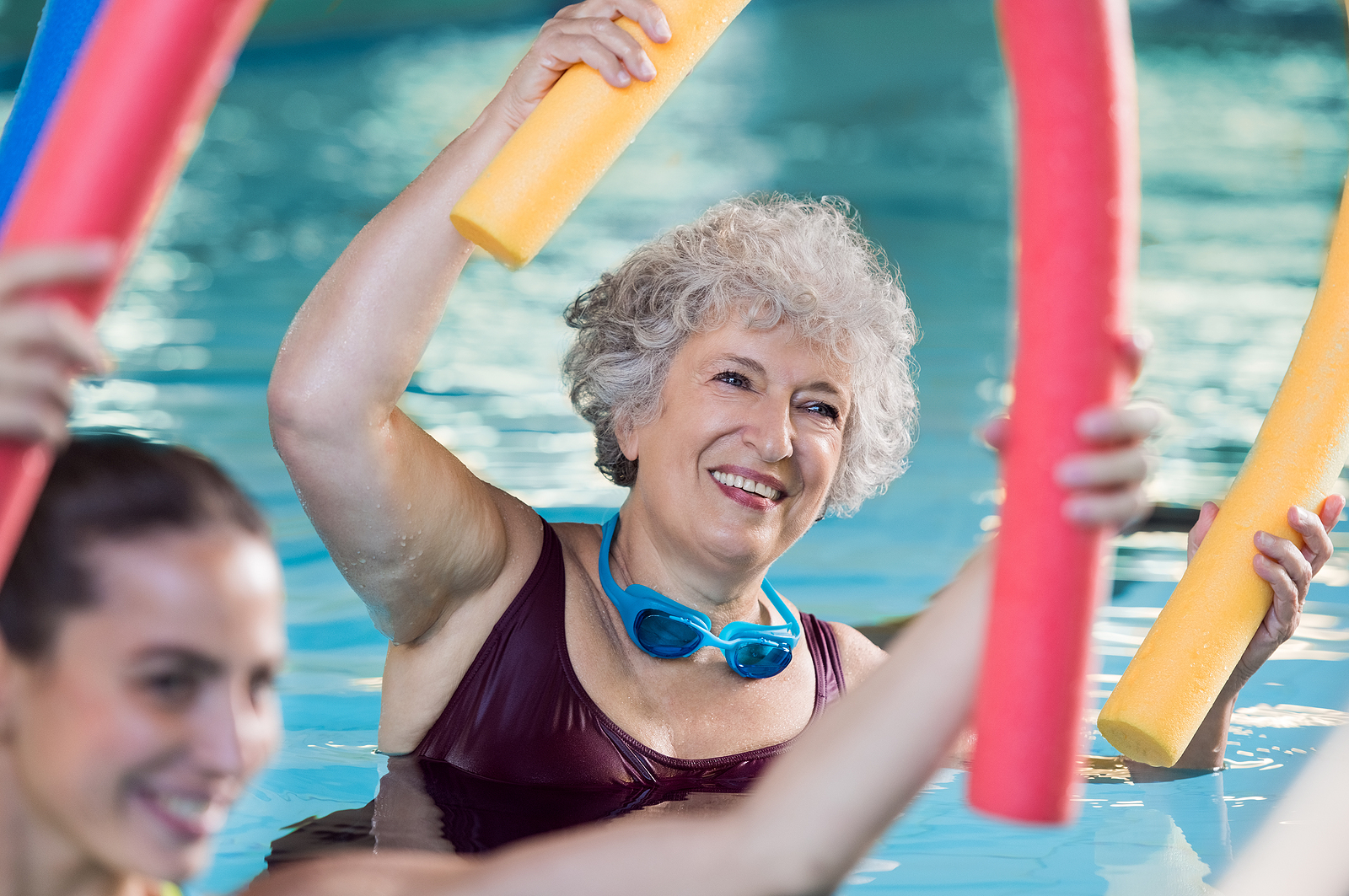Maintaining hip mobility and strength is important when it comes to the overall well-being of seniors.
This is mostly because having stronger, more mobile hips helps prevent mobility issues and pain down the road.
Unfortunately with age, the hips often become stiff, weak, or painful, which can impact daily activities like walking, standing, and even sitting comfortably.
But the good news is that there are measures we can take to help combat this.
Seated hip exercises, like the ones discussed in this guide, offer a gentle and effective way for seniors to improve hip function without putting undue stress on the body.
In this article, we’ll go over some of the best hip exercises seniors can do while sitting comfortably in their favorite chair, making them ideal for those with limited mobility or balance concerns.
Why Are Hip Exercises Important?
The hips play a major role in everyday movements like walking, bending, and standing up from a chair.
And as we age, the muscles surrounding the hips (think glutes, hip flexors, quadriceps, and hamstrings) can weaken and/or tighten.
And this can lead to all kinds of unwanted issues:
- Reduced Mobility: Stiff or weak hips can limit movement, making daily activities more difficult.
- Balance Issues: Strong hips are essential for maintaining balance and stability. Weakness in the hips can increase the risk of falls while transferring or walking.
- Hip and Lower Back Pain: Poor hip mobility and weakness often leads to compensations in other areas of the body, such as the lower back, causing discomfort or injury.
There are a lot of ways to strengthen and mobilize the hips, so regardless of your mobility level, you can rest assured that there are plenty of exercises available to you.
The seated hip exercises mentioned in this guide are great for seniors who don’t feel comfortable standing or who fatigue easily on their feet.
But these exercises could also work as a nice warm-up before standing exercises or as an alternative to standing exercises for the sake of variety.
Safety Tips Before Starting
Before you begin any new exercise program, it’s a good idea to take some precautions to ensure you’re working out safely:
- Consult with Your Doctor: If you have any pre-existing health conditions or injuries, check with your doctor before starting new exercises.
- Warm Up: Start with a light warm-up, such as taking a walk, to prepare your muscles.
- Use a Sturdy Chair: Make sure the chair you’re using is stable and doesn’t roll or slide while you exercise.
- Listen to Your Body: Only do what feels comfortable. If any movement causes pain, stop and modify or skip the exercise.
6 Low-Impact, Seated Hip Exercises for Seniors
Here are some simple and effective seated exercises to strengthen and stretch the hips. These can be done at home or anywhere you have a sturdy chair.
1. Seated Marching
Seated marching is a great way to engage the hip flexors, the large group of muscles that run from your low back to the front of your thighs.
Strengthening these muscles can help with everyday activities like elevating your foot to ascend a step, getting in/out of bed, and even walking.
- Sit upright in a chair with your feet flat on the floor and hands resting on your thighs or the sides of the chair
- Slowly lift one knee toward your chest, then lower it back down.
- Repeat with the other leg, alternating as if marching in place.
- Continue for 2 sets of 15 or 3 sets of 10 for each leg
2. Seated Hip Abduction
This exercise targets the muscles on the outer side of the hips, which are essential for maintaining balance and stability.
These muscles are also largely responsible for stabilizing our pelvis while we walk, so having stronger hip abductors can help improve stability while walking.
- Sit in a chair with your back straight and feet flat on the floor
- Slowly slide one leg out to the side, keeping your foot on the floor
- Bring it back to the center, that’s 1 rep
- Perform 3 sets of 10 reps or 2 sets of 15 reps for each leg
This exercise can be used to strengthen weak hips, but it can also be used to loosen up tight/stiff hips before standing (after sitting for a long duration).
3. Seated Clamshells
This is a great exercise to help strengthen the hip abductors and external rotators, which again are important for pelvis stabilization while walking.
This is also a very low-impact exercise, making it a good option for seniors who have limited hip range of motion.
FYI, you’ll need a resistance band to get the most out of this strengthening exercise.
- Sit in a chair with a resistance band looped around your thighs, just above the knees
- Keep your feet flat on the floor, feet close together
- Without moving your feet, separate your knees (stretching the band) as far as you can comfortably go
- Hold for a second or two and then slowly return to the starting position
- Repeat for 3 sets of 10 or 2 sets of 15 reps
You can also do this move without the band, making it more of a range of motion exercise (which could be helpful for stiff hips or as warm-up before standing activity).
4. Seated Figure 4 Stretch
This stretch targets the glutes and piriformis muscle, which are often tight and can contribute to hip pain.
There are a few different ways to stretch these muscles, but this seated variation gives seniors who struggle with lying flat on a bed a good alternative.
- Sit tall in a chair and cross one ankle over the opposite knee, creating a figure 4 shape
- Gently press down on the crossed knee and/or lean forward slightly to deepen the stretch
- Hold for 20-30 seconds, then switch legs.
- Repeat 3-4x for each leg
FYI, this can be a helpful stretch for reducing sciatica symptoms or posterior hip/low back pain.
5. Pillow Squeeze
Honestly, I don’t use this exercise much with my patients, but if you’ve had a hip surgery, stroke, or some other condition that has significantly reduced your hip strength, it could be beneficial.
And it’s really easy to do, so there’s no harm in giving it a try.
This exercise targets the hip adductors, or the group of muscles in your inner thigh.
- Sit upright in a chair with your feet flat on the floor
- Place a pillow (you may have to fold it in half depending on size) between your knees
- Squeeze your knees together, firmly compressing the pillow, and hold for 5 seconds
- Relax and then repeat for 2 sets of 15 or 3 sets of 10 reps
This is a great example of an isometric exercise, meaning the hip adductor muscles are working without much joint movement.
Isometric exercises like this one can be effective for seniors with especially achy joints.
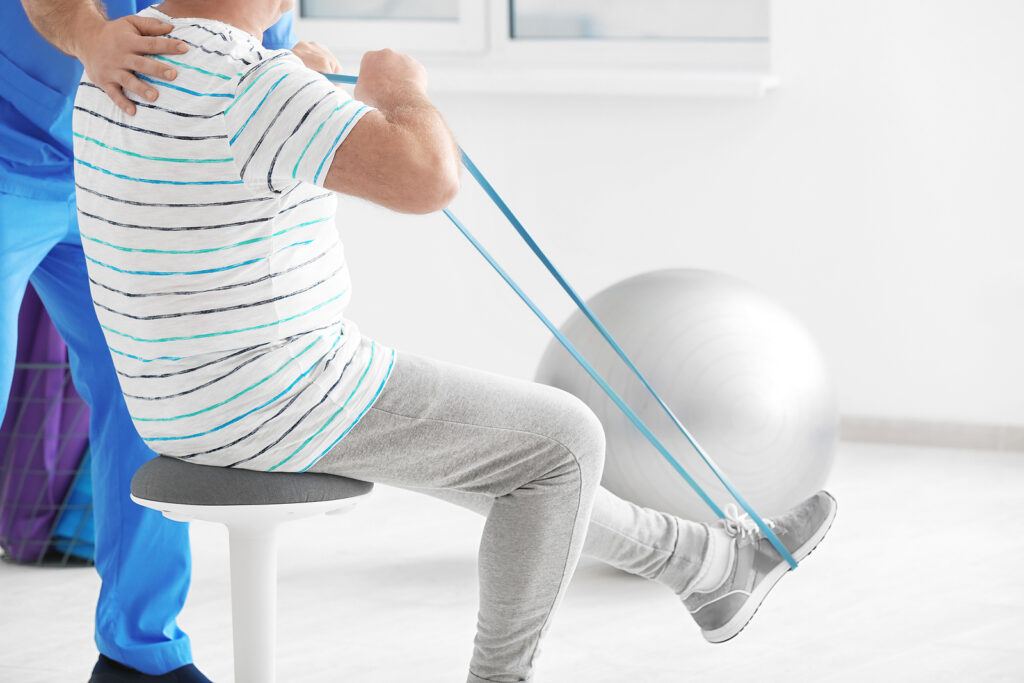
6. Hip Extension with Resistance Band
This exercise is basically the opposite of the marching in place move mentioned earlier.
That means this exercise is targeting the hip extensors, including the big glute max in the back of your hip and the hamstrings running along the back of your thigh.
You’ll need a resistance band to perform this exercise.
- From a seated position, lean back comfortably into the backrest
- Bring your knee up toward your chest and place the band across your foot, while holding one end of the band in each hand
- Straighten your leg out (stretching the band) and hold for 2-3 seconds, then slowly return to the starting position
- Repeat for 2 sets of 15 or 3 sets of 10 for each leg
Strengthening the hip extensors can help make tasks like standing from a chair or going up stairs easier.
Incorporating These Exercises into Your Routine
For best results, aim to do these seated hip exercises at least 3-4 times per week.
You can combine them with other seated exercises, such as arm movements or gentle stretching, for a full-body workout.
The nice thing about seated exercises is that they can be done while watching TV or listening to music, making them easy to fit into your daily routine.
Also know you don’t have to perform all the exercises listed here every time you exercise.
These exercises are low impact and target all the major muscles groups around your hips, so you could run through all of them if you wanted to.
But feel free to mix and match and see which exercises work best for you.
When to Seek Professional Help
If you experience ongoing hip pain or difficulty with mobility, it may be helpful to consult your doctor for a physical therapy referral.
They can assess your condition and create a personalized exercise plan to address your specific needs and help you reach your goals.
That said, these exercises should be safe for seniors that don’t have any pain or medical restrictions.
Final Thoughts
Seated exercises are a safe and effective way to help seniors maintain their hip strength and mobility.
And since these exercises are designed to be performed while sitting, it makes them accessible for those with limited mobility or balance concerns as well.
When creating your routine, keep in mind that not everyone will progress at the same rate, so it’s important to listen to your body.
If an exercise feels too challenging (or hurts), modify it to suit your comfort level or reduce the number of repetitions.
The rep and set directions given here are just examples, please modify to fit your fitness level.
Also, don’t be surprised if you’re a little sore after doing these the first time or two.
Soreness is a normal part of new exercise and is fine, but sharp pain or discomfort while exercising isn’t normal.
Anyway, that about does it.
I hope you found this guide helpful and if you have any questions or comments, please leave ’em below and I’ll get back to you shortly.
